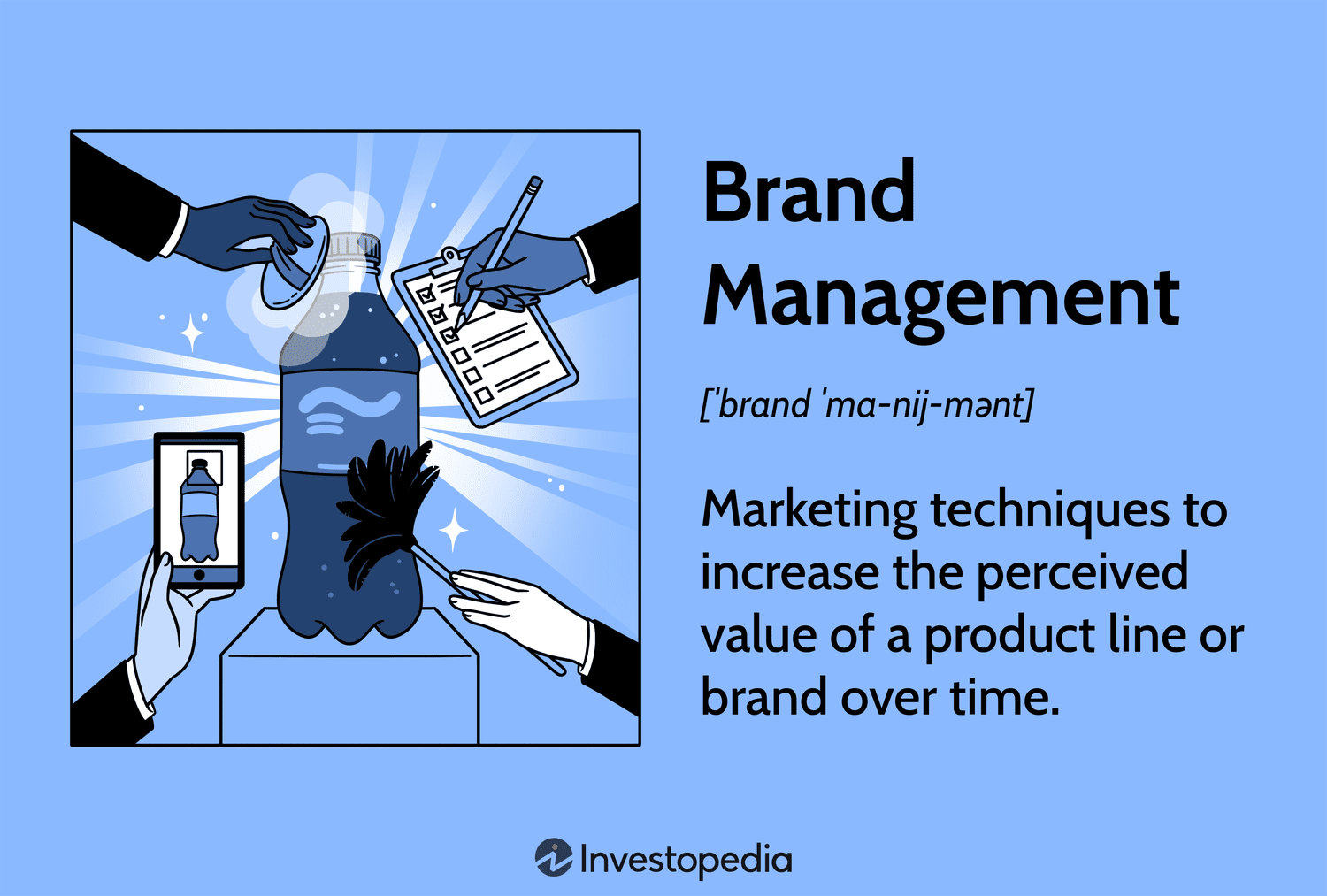
April 22, 2025
Seize Product and Brand Management: The Cornerstones of Business Growth
Today’s businesses don’t just sell products; they sell experiences, values, and emotions. At the heart of this ecosystem are two pivotal roles—product management and brand management. Both product and brand management are indispensable, yet they address different aspects of a company’s strategy. While one ensures a product fits market needs, the other nurtures customer loyalty and a brand’s reputation.
This blog unpacks the difference between product and brand management, explores the exciting career opportunities in product and brand management, and introduces you to premium product management courses and brand management courses that can help you achieve expertise in these fields.
Table Of Content
What is Product Management?
What is Brand Management?
Why Are These Roles Critical to Business Success?
Essential Courses for Aspiring Professionals
Your Path to Success: Product or Brand Management?
Final Thoughts
Frequently Asked Questions
What is Product Management?
What is Brand Management?
Why Are These Roles Critical to Business Success?
Essential Courses for Aspiring Professionals
Your Path to Success: Product or Brand Management?
Final Thoughts
- Product management focuses on the planning, development, and delivery of products that meet customer needs and align with business objectives. It involves managing the entire product lifecycle—from concept to launch and beyond.
- Brand management, on the other hand, is about shaping and maintaining a brand’s image, ensuring it resonates with target audiences. It involves creating a strong emotional connection between the brand and its customers to foster loyalty and trust.
- In essence, product management ensures the product is functional and market-ready, while brand management ensures it’s desirable and memorable.
The 5 Ps of Brand Management are foundational principles for building and sustaining a strong brand:
- Product: The core of the brand—its quality, features, and usability.
- Price: The perceived value of the brand, balancing affordability and exclusivity.
- Place: Ensuring the brand is accessible through the right channels and locations.
- Promotion: Communicating the brand’s value through advertising, social media, and campaigns.
- People: Employees, influencers, and customers who represent and advocate for the brand.
Brand Manager:
- Develops and implements strategies to enhance brand awareness and equity.
- Oversees campaigns, advertising, and customer engagement initiatives.
- Monitors market trends and competitor activities to maintain relevance.
- Ensures consistency in messaging and visual identity across all touchpoints.
- Identifies customer pain points and translates them into product features.
- Manages the product roadmap, prioritizing features based on market demands.
- Collaborates with cross-functional teams, including engineering and design.
- Tracks the product’s performance and implements iterative improvements.
- Brand management is the strategic process of creating, maintaining, and enhancing the identity and perception of a brand. It involves a combination of marketing, design, and communication efforts to ensure a brand remains appealing, competitive, and consistent.
- The ultimate goal of brand management is to build brand equity—the intangible value associated with a brand due to customer trust, loyalty, and recognition. This value often translates into higher sales, customer retention, and a competitive edge in the market.




